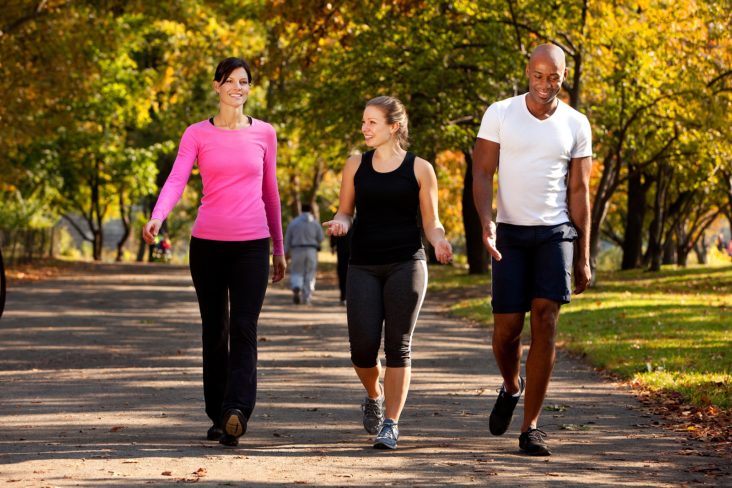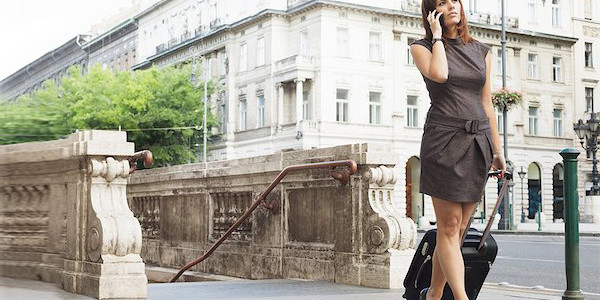Everything regarding back to school is so confusing and up in the air right now. I don’t have young children so I can only imagine how all of the parents are feeling lost right now! However, if your child ends up heading back to the classroom in person, one thing you CAN control is how they pack and wear their backpack to help prevent back pain.
If a backpack is too heavy or worn improperly, there is a risk of back pain, neck pain, arm pain and headaches in your child.
The Ontario Chiropractic Association has some excellent tips on how to reduce these risks:
Picking a bag:
Choose a lightweight material like canvas or vinyl instead of a heavier material like leather.
Ensure there are wide, adjustable straps that can rest comfortably over the shoulders.
Even better if there is also a hip or waist strap to help spread the load out on your child’s body
Padding on the back can help with comfort
Lots of pockets to help distribute the weight around.
Ensure the bag is proportionate in size to your child and fits snugly around the shoulders.
Packing the bag:
THE TOTAL WEIGHT OF THE BAG SHOULD BE NO MORE THAN 10-15% OF YOUR CHILD’S WEIGHT
Make sure they only have what they need for the day, nothing extra
Pack the heaviest items close to the body and odd-shaped items further away
Try packing things among the different pockets to distribute the weight out
Putting on the bag:
Put the bag on a flat surface at waist height instead of lifting from the floor
Slip on the bag one arm at a time and then tighten the straps
Try to remind your child to lift using their arms and legs, not their back
Wearing the bag:
Ensure both shoulder straps are used and adjusted for a snug fit
You should be able to slide one hand between the bag and your child’s back.
Using the waist strap can help to evenly distribute the weight even further and add extra stability.
Is your child complaining of pain? One of our excellent practitioners at Sports Specialist Rehab Centre would be happy to help them get out of pain and return to their favourite activities! Get in touch if you have any questions!
Author:
Dr. Allie Dennis, BSc Kin (Hons), DC
Chiropractor | Acupuncture Provider | Functional Range Conditioning
Reference:
Pack it light. Wear it right. Ontario Chiropractic Association. https://chiropractic.on.ca/wp-content/uploads/Pack-it-Light-Wear-it-Right-Children-One-Pager-Aug16-1.pdf









